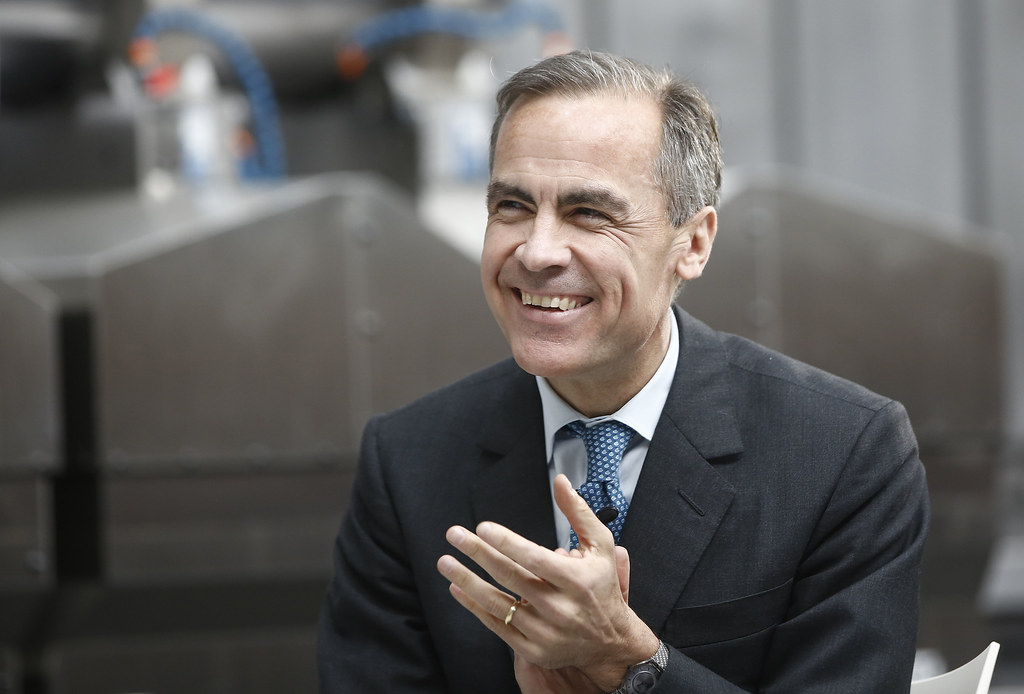
Canadian Prime Minister Mark Carney confirmed on Tuesday that Canada will not split its submarine contract between two suppliers. Speaking to reporters in New York City, Carney said he sees “nothing that would suggest that we would have a mix fleet in submarines.” He emphasized that a single fleet offers “too many efficiencies” and economies of scale, particularly when it comes to maintenance and operations.
Ottawa has narrowed the field of contenders from an initial five to two finalists: South Korea’s Hanwha, with its KSS-III subs, and ThyssenKrupp Marine Systems, with its Type 212CD subs. Carney said the deliberation process is a “major decision” for the Royal Canadian Navy and the government, and that the final decision would be made on the basis of one or the other. He noted that the two finalists both “fulfill the requirements, the very high requirements for the Canadian Navy.”
Arguments For and Against a Split Fleet
The idea of splitting the contract had been debated by defense experts. Professor Paul Mitchell of Canadian Forces College warned against it, saying that modern submarines are as complex as spacecraft. He argued that having two separate supply lines and parts inventories would introduce “a level of additional complexity that might ultimately make the entire thing fail,” especially for a country that has historically struggled with logistics for military procurement. David Perry, president of the Canadian Global Affairs Institute, echoed this, saying that splitting the fleet would undermine Canada’s bargaining position as a major customer.
However, Vice-Admiral Angus Topshee, while favoring a single supplier as the “simplest solution,” did acknowledge that there could be advantages to a diversified fleet, noting that “sometimes redundancy provides resilience.” He also said that whether Ottawa chooses one contract or two, it would still need to duplicate its submarine infrastructure on both coasts.
The Race Against Time
The final decision on the contract, which is expected by 2028 at the latest, is being made with a sense of urgency. Canada’s four aging Victoria-class submarines are expected to retire from service by 2035. Mitchell warned that problems with the half-century-old Victoria subs will start to emerge, such as shortages of replacement parts, and that the faster new boats can be delivered, the sooner the navy can stop relying on the aging fleet.
Defense Minister David McGuinty said he is not involved in the details of the procurement, but a spokesperson for the secretary of state for defense procurement confirmed that the government is “carefully considering all options” to strengthen the Royal Canadian Navy while creating jobs for Canadian workers.
Author’s Opinion
The decision to stick with a single supplier, as stated by Prime Minister Carney, appears to be the most pragmatic choice for a purchase of this magnitude. The complexities of modern military procurement, from logistics to training, make a diversified fleet a significant and unnecessary risk for a country of Canada’s size. By focusing on a single supplier, the government can leverage its bargaining power and simplify a long-term maintenance and support strategy. This decision prioritizes operational efficiency and long-term sustainability over political expediency or the desire to please multiple bidders. It is a choice that recognizes the immense challenges of a purchase that will define the country’s naval capabilities for decades to come.
Featured image credit: Bank of England via Flickr
For more stories like it, click the +Follow button at the top of this page to follow us.
